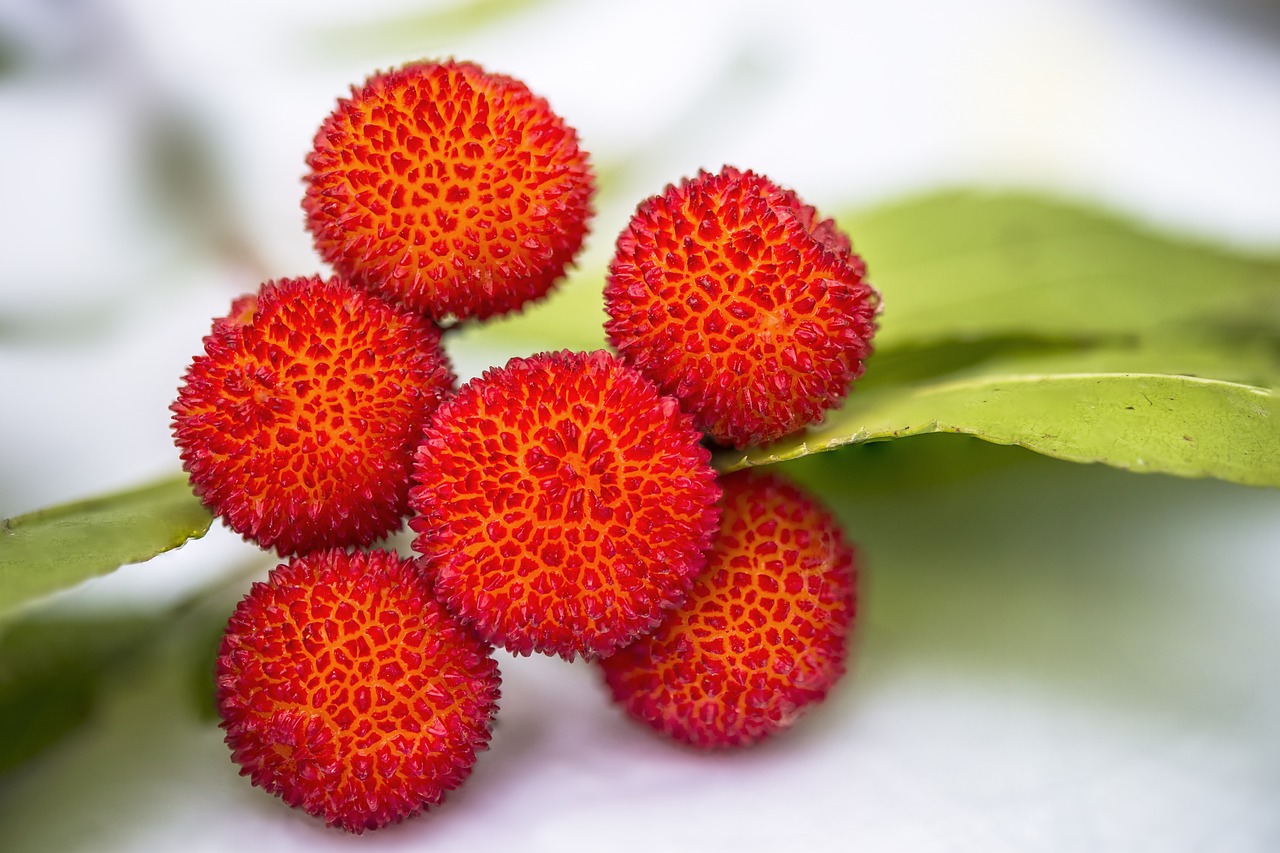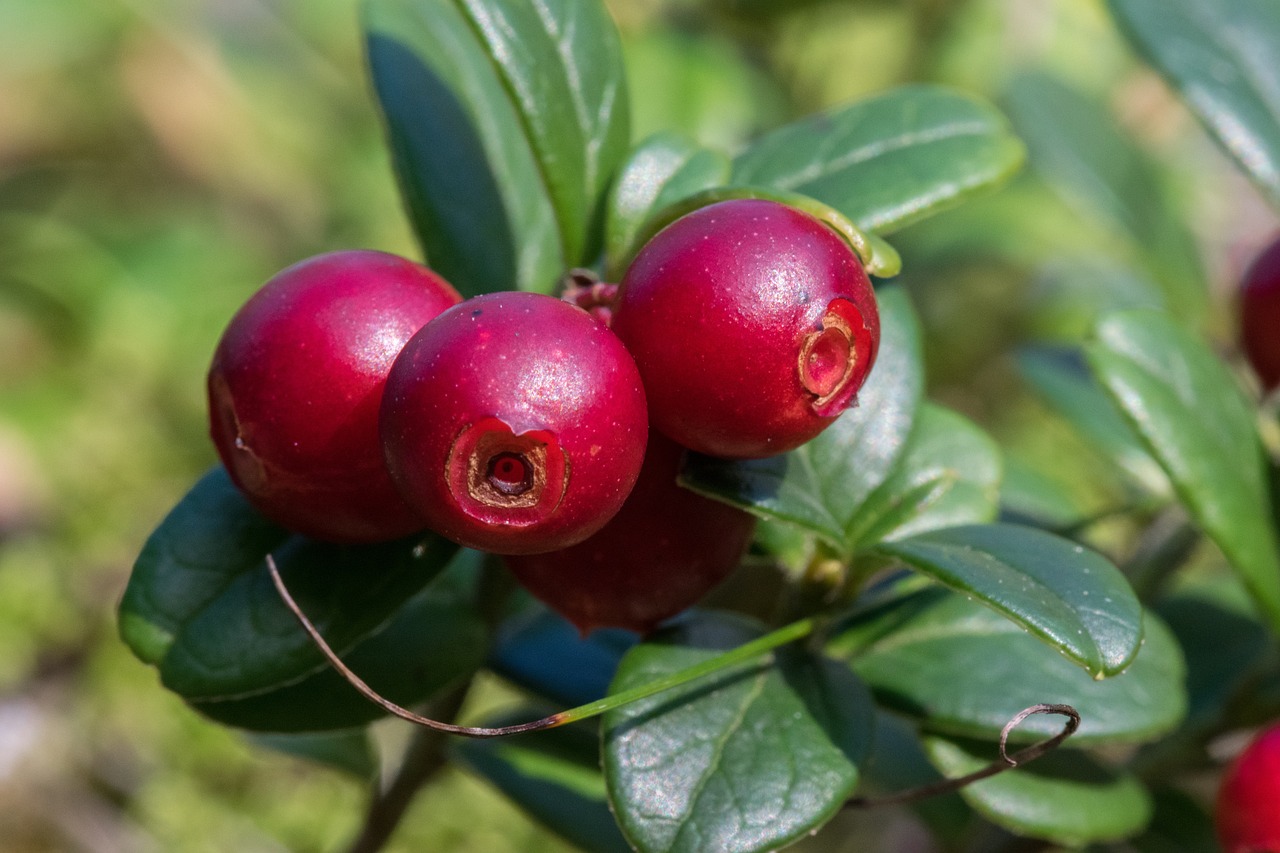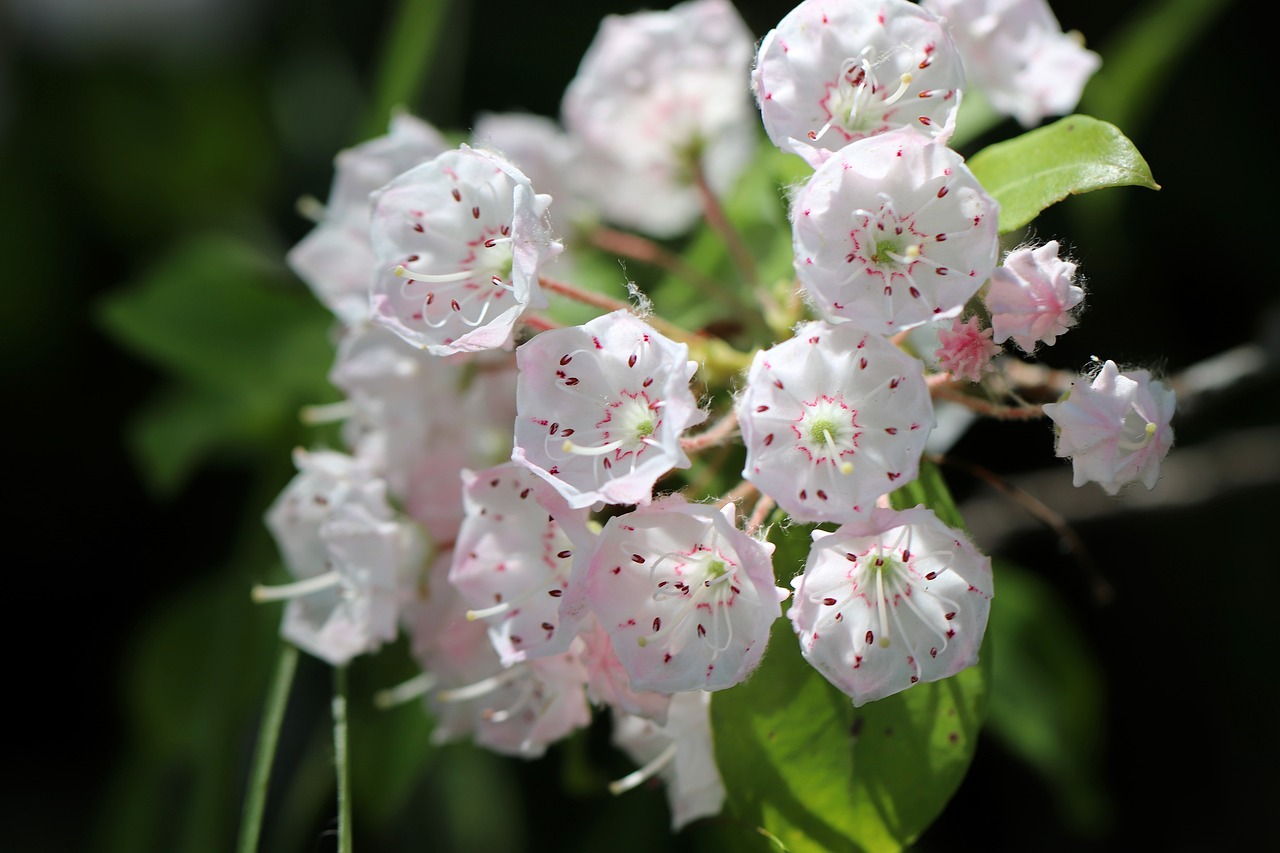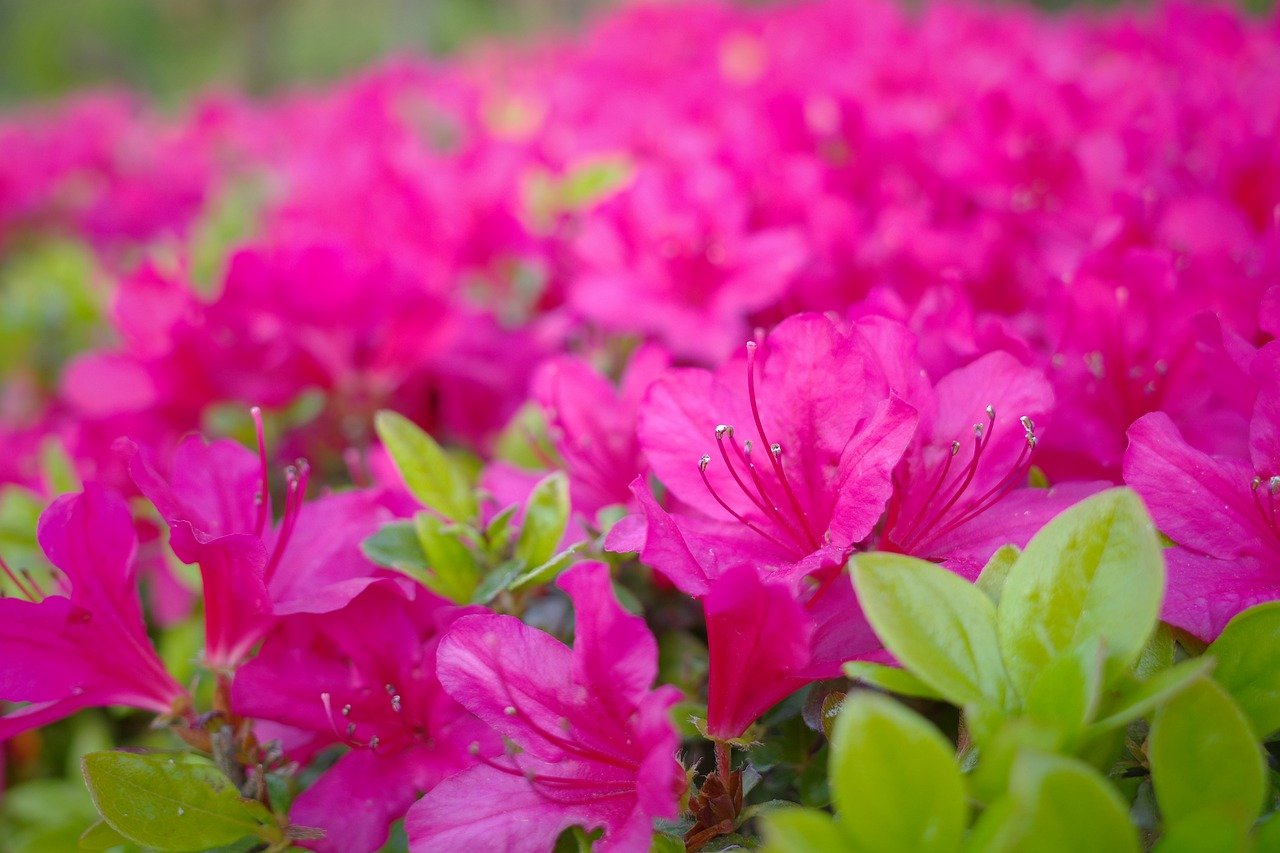Azalea | A Symbol of Refinement and Exploration at the Crossroads of Eastern and Western Horticulture
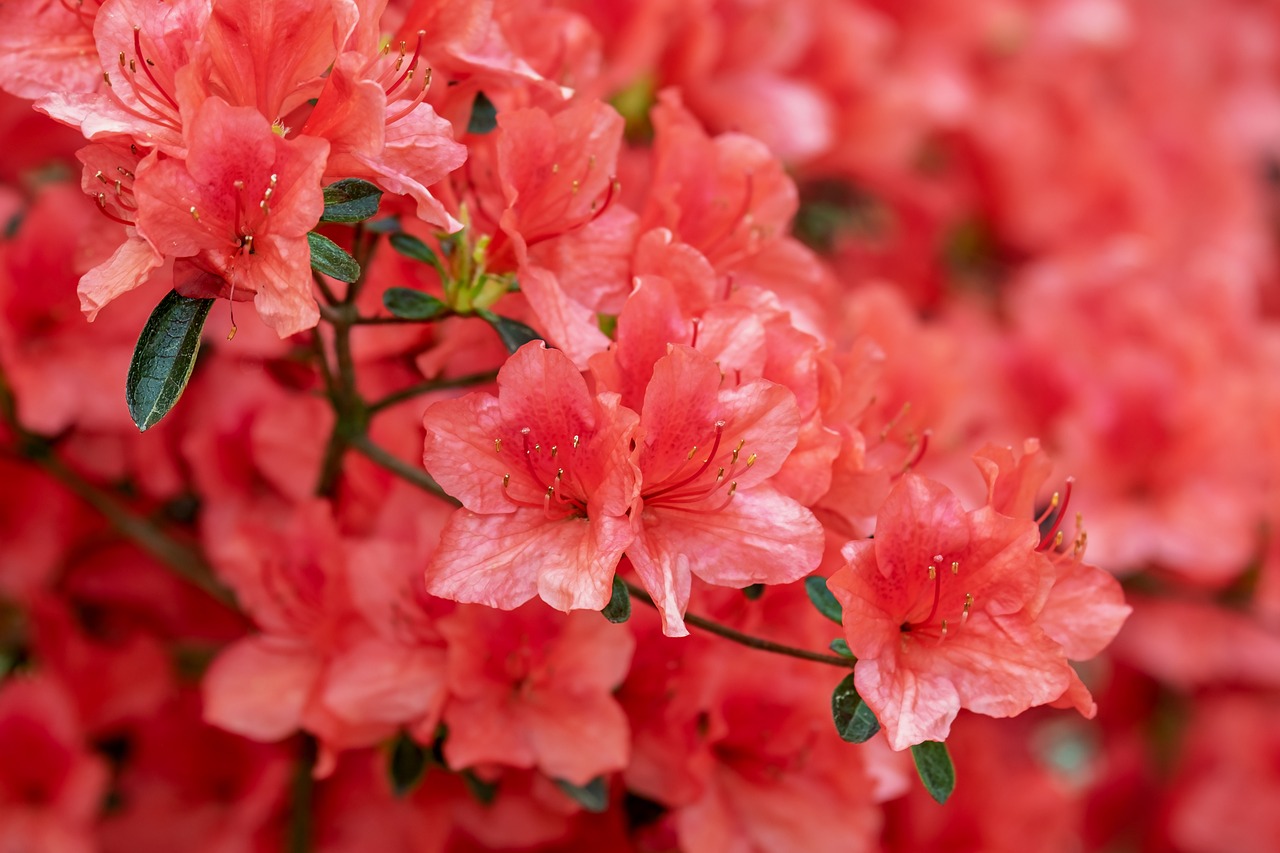
The azalea, a member of the Rhododendron genus, is a plant whose beautiful blossoms brighten both gardens and interiors. With its wide variety of colors and cultivars, and its relatively easy care, it has become a beloved ornamental plant around the world.
In this article, I explain the essential information about azaleas, their cultural and historical significance, and practical advice for successful cultivation.
Basic Information
- Scientific name: Rhododendron simsii or Rhododendron obtusum
- Family: Ericaceae
- Origin: Asia (China, Taiwan, Japan)
- Appearance: A compact shrub with glossy dark green leaves and flowers in vivid shades of pink, red, white, orange, and purple. Bloom forms vary from single to double, making it suitable both for gardens and indoor decoration.
- Blooming season: From winter to spring (December to April), offering long-lasting enjoyment.
Cultural Significance Around the World

Azaleas are widely recognized as flowers with cultural meaning in Asia, Europe, and North America.
In Japan, they are planted in gardens and temple grounds as symbols of spring, forming iconic landscapes, especially in Kyoto’s traditional gardens.
In China, known as “杜鵑花 (dujuan hua),” they symbolize happiness and family love, and are often used in Lunar New Year and festive decorations.
In Europe, particularly in Victorian England, azaleas symbolized elegance in households and were cultivated in greenhouses. In France and Italy, they remain cherished as special gifts.
In North America, the azalea is admired as the “Rose of the South,” bringing color and charm to gardens and towns.
Historical Background
The cultivation of azaleas began in China, later spreading to Europe via the Silk Road.
In 18th-century England, they gained attention as ornamental plants, leading to extensive breeding and exhibitions across Europe.
In Japan, azaleas became popular during the Edo period as garden and potted plants, and from the Meiji era onward, they were incorporated into Western-style gardens.
Even today, enthusiasts worldwide continue breeding, discovering new charms of the azalea.
Gardening Advice
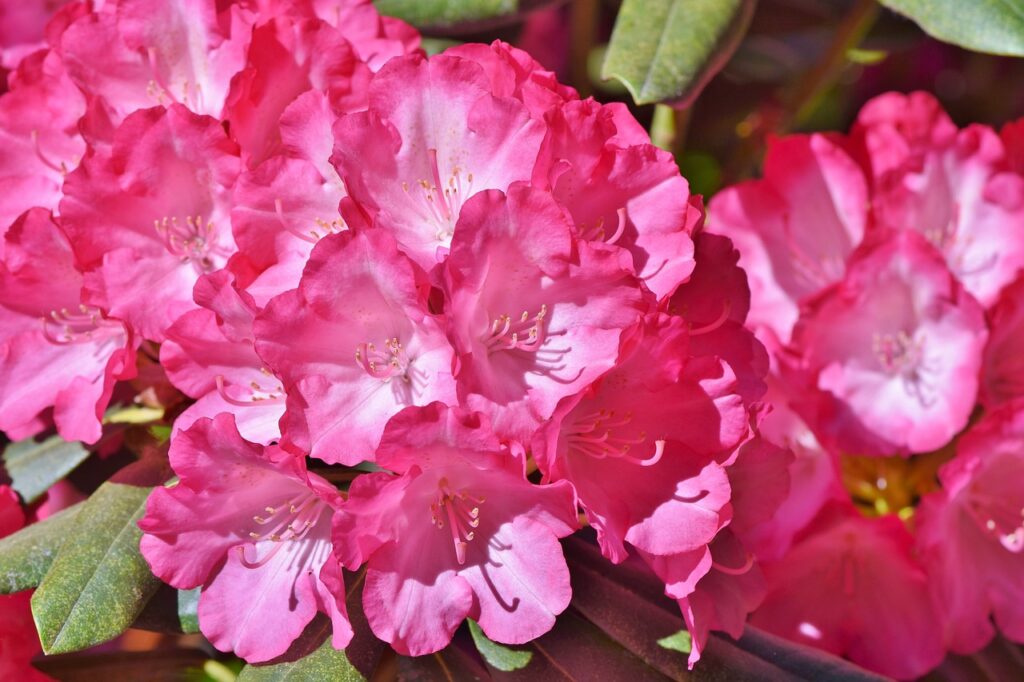
To grow azaleas healthily and beautifully, the right environment and care are essential.
Light
Prefers partial shade or bright indirect light. Avoid strong direct sunlight to prevent leaf burn.
Watering
Water thoroughly when the soil surface dries. Ensure proper drainage and remove excess water from trays.
Soil
Prefers acidic soil. Use azalea-specific compost or peat moss with good drainage and moderate moisture retention.
Fertilizer
During blooming, feed every two weeks with fertilizer for acidic soils. After flowering, reduce feeding, and add a small amount in autumn to promote bud formation.
Pruning
After blooming, remove withered flowers and lightly shape the plant. Avoid heavy pruning.
Humidity
Azaleas prefer humidity. Mist the surrounding air or use a humidifier, but avoid droplets on leaves and flowers.
Conclusion
The azalea is a captivating plant that brings color to both gardens and interiors from winter through spring.
It holds cultural and historical significance across Asia, Europe, and North America, while remaining accessible even for beginner gardeners.
By providing proper care, I encourage you to cultivate azaleas and enjoy their vivid and enduring beauty.


